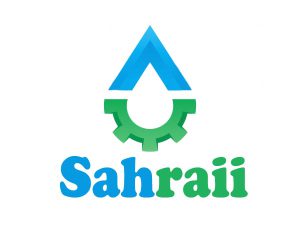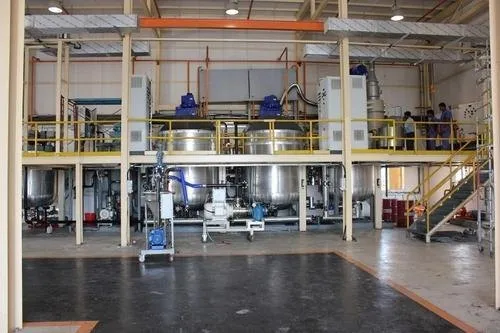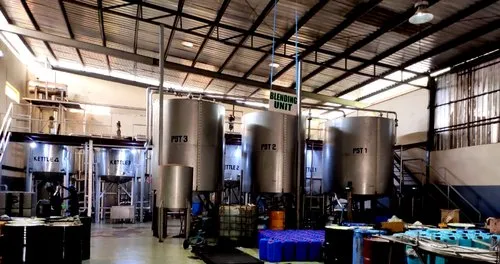Description
Product Specification
|
Data |
| Condition |
New |
| Capacity Per Day |
50 Tonnes |
| Exports to |
All Countries |
| Product |
Grease |
| Phase |
3 Phase |
| Surface Finish |
Polished |
| Material |
SS |
| Voltage |
220-380V |
| Frequency |
50-60 Hz |
| Country of Origin |
Iran |
| Brand |
Sahraii Petro |
Grease Manufacturing Plant Manufacturer & Exporter Are Offering Model 1810 And 50 Mt/Day Capacity And Exportable To Worldwide Customers.
So far, several definitions have been provided for grease, the most important of which can be summarized as follows:
1) Grease is a solid or semi-solid material that consists of petroleum derivatives and soap (combined with several soaps) along with fillers, and can be used for special purposes.
2) Grease is a solid or semi-solid material that is made from the combination of a filler inside the oil, other materials (to increase properties) may also be used in it.
3) Grease is a lubricating substance that uses fillers in its structure so that it can stick to moving parts and not separate from the part under the force of gravity or operating pressure.
Grease production steps
The properties of greases: especially soap-based greases, as much as it depends on the percentage composition and properties of their constituent chemicals, it also depends on how they are produced. These steps include the production of the stiffening material and mixing it with other grease-making materials. In general, the production of grease is done in two continuous and discontinuous ways. The discontinuous method itself can be done in two different ways. In the first method, soap that is prepared separately is used, but in the other method, soap is produced simultaneously with the production of grease, inside the base oil.
Making soap
This substance is also obtained from cooking fats (fatty acids) and alkaline substances. Soap in many greases must be prepared in advance. For this purpose, raw materials are injected into the soap making machine called autoclave and put under pressure. Then this device is completely closed and pressurized like pressure cookers. This device has a heating wall of hot oil and its cooking temperature is around 300 degrees Celsius. The autoclave also has a stirrer for complete mixing, which is used during cooking for complete uniformity of the ingredients. In this way, soap making continues with tests and sampling until the perfect result is obtained.
Grease making:
After soap making is finished, the ingredients are transferred into the grease cooking machine called “kettle” and then oil is added to it. This device works like an autoclave, except that it is not pressurized. During cooking, the soap inside the oil forms tiny crystals and creates a gelatinous mixture. The growth of crystals in oil is one of the most important and sensitive stages of cooking grease. If raw materials, especially low-quality base oil, are used, the structure of the formed crystals will be weakened, and when working under normal or harsh conditions, the soap will separate from the oil and the grease will lose its lubrication properties.
Crystals:
The type and size of crystals is the main factor in the structure of the grease. In general, they are classified into three groups of long, medium and short fibers. The thickness of these threads varies from 100 to 0.012 microns. The greater the ratio of the length of the strands to their diameter, the better consistency the grease will have.
Grade:
Grease is divided into 9 groups in terms of classification. In each floor, there is a distance of 30 units from the smallest to the largest value and 15 units between each group. The minimum value is 85 and the maximum value is 475. To determine the grade of grease, it is brought to a temperature of 25 degrees Celsius. Then, the permeability device, which has a standard cone, is dropped from a certain height using the natural force of gravity on the surface of the heated grease.







Samantha Williams –
😷 As an environmentalist, I am deeply concerned about the impact of the grease manufacturing plant on our air and water quality. The emissions from the facility can harm both human health and the environment. We need stricter regulations to ensure that companies like this operate in a responsible and sustainable way. It’s time for us to hold them accountable for their actions. Let’s work together to create a cleaner and healthier world for ourselves and future generations. 🌍♻️🌱